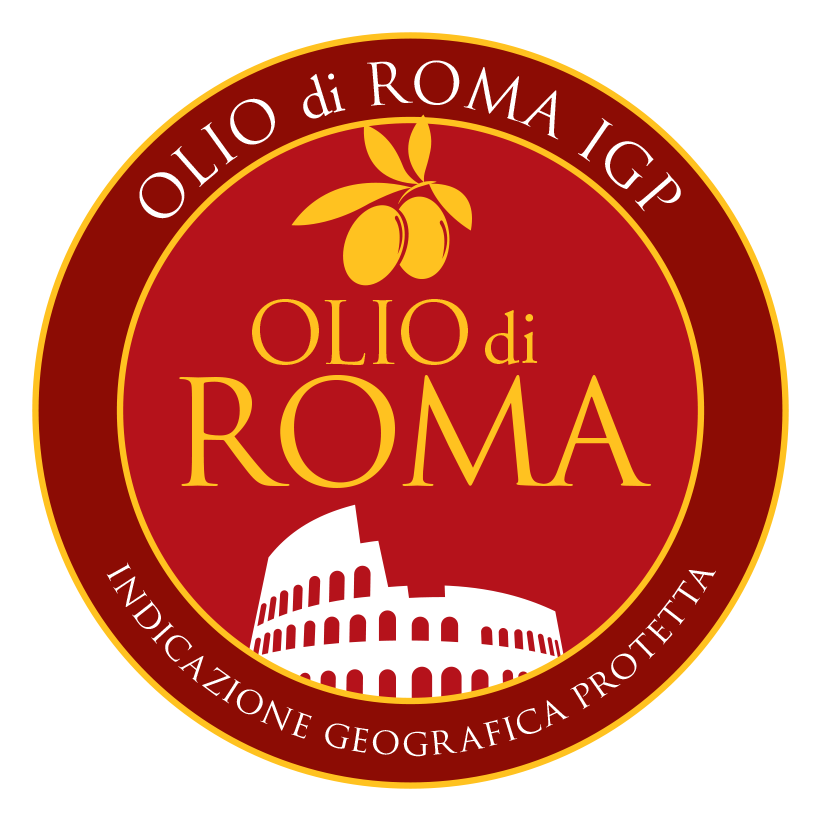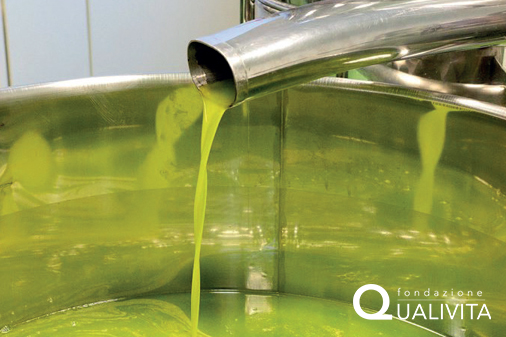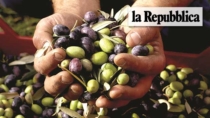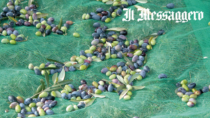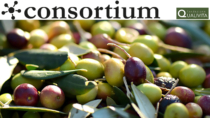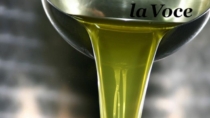Description
Olio di Roma PGI extra virgin olive oil is obtained from a minimum of 80% of the Itrana, Carboncella, Moraiolo, Caninese, Salviana, Rosciola, Marina, Sirole, Maurino Pendolino, Frantoio and Leccino olive varieties for. There can be up to a maximum of 20% of other varieties.
Production Area
The production area of Olio di Roma PGI extra virgin olive oil extends across the entire Province of Viterbo and numerous municipalities in the provinces of Rieti, Rome, Frosinone and Latina, in the Lazio region.
Production Method
The olives destined for the production of Olio di Roma PGI are harvested between the end of September and December 31st. They are harvested directly from the tree, by hand or mechanically, and it is prohibited to use olives that have fallen naturally on the ground and/or into permanent nets. Irrigation, when practiced, is usually sparse in order to preserve the typical vegetal aromas. The maximum unit production allowed in the olive groves from which Olio di Roma PGI is obtained, cannot exceed 9.5 tonnes of olives per hectare, while the maximum oil yield is set at 20%. The harvested olives must be placed in crates, boxes or other rigid containers that are suitably ventilated. Before milling, which must be carried out within two days of harvesting, the olives must be defoliated and washed at room temperature. The extraction technique excludes the use of mills with a press extraction system, in order to protect and preserve the product’s specificities, and only allows mechanical and physical processes that produce oils with the original distinctive characteristics of the fruit. Finally, before packaging, the oil must be subjected to natural decantation, filtration or other physical means suitable for removing any processing residues.
Appearance and Flavour
Olio di Roma PGI ranges from green to golden yellow, with chromatic variation over time. The smell is fruity, with varying intensity, and has notes of tomato, artichoke, fresh mown grass, chicory, almond and tomato. The bitter piquant taste, with more or less intense hues of artichoke, thistle, tomato and sweet almond, is a useful element for ascertaining its freshness.
History
In the production area there are traces of the use of olive trees for food purposes dating back to the 7th-6th century BC. The Romans perfected the oil production and extraction techniques, diffusing the cultivation of olive trees in all their conquered territories. The Testaccio district, an ancient river port, is a symbol of oil’s importance for Rome: loads of amphorae arrived here, and once empty they were broken and dumped, forming a hill called "Monte dei Cocci".
Gastronomy
Extra virgin olive oil is highly perishable and must be stored correctly in order to maintain its organoleptic properties. It should therefore be kept in a cool, dark place at a temperature between 14 and 18 °C, away from heat sources and other foods that emit strong odours. Olio di Roma PGI extra virgin olive oil is ample and elegant on the nose, and complex on the palate. It has bitter piquant notes and is suitable both as a raw condiment and as an ingredient in traditional Lazio dishes.
Marketing
The product is marketed as Olio di Roma PGI extra virgin olive oil and is sold in recipients of no more than 5 litres, sealed and labelled. The year in which the olives were harvested must be indicated on the labels to convey the concept of the product’s "freshness". The use of the term "monovarietale" (single-variety) followed by the name of the cultivar used is permitted.
Distinctive Features
Olio di Roma PGI extra virgin olive oil has distinctive organoleptic properties deriving from the temporal succession of thermal and/or water stress and rainfall. These phenomena determine the accumulation of polyphenols – responsible for the bitter piquant taste – and the accumulation of volatile compounds from which the hints of tomato, artichoke, grass and almond derive.



